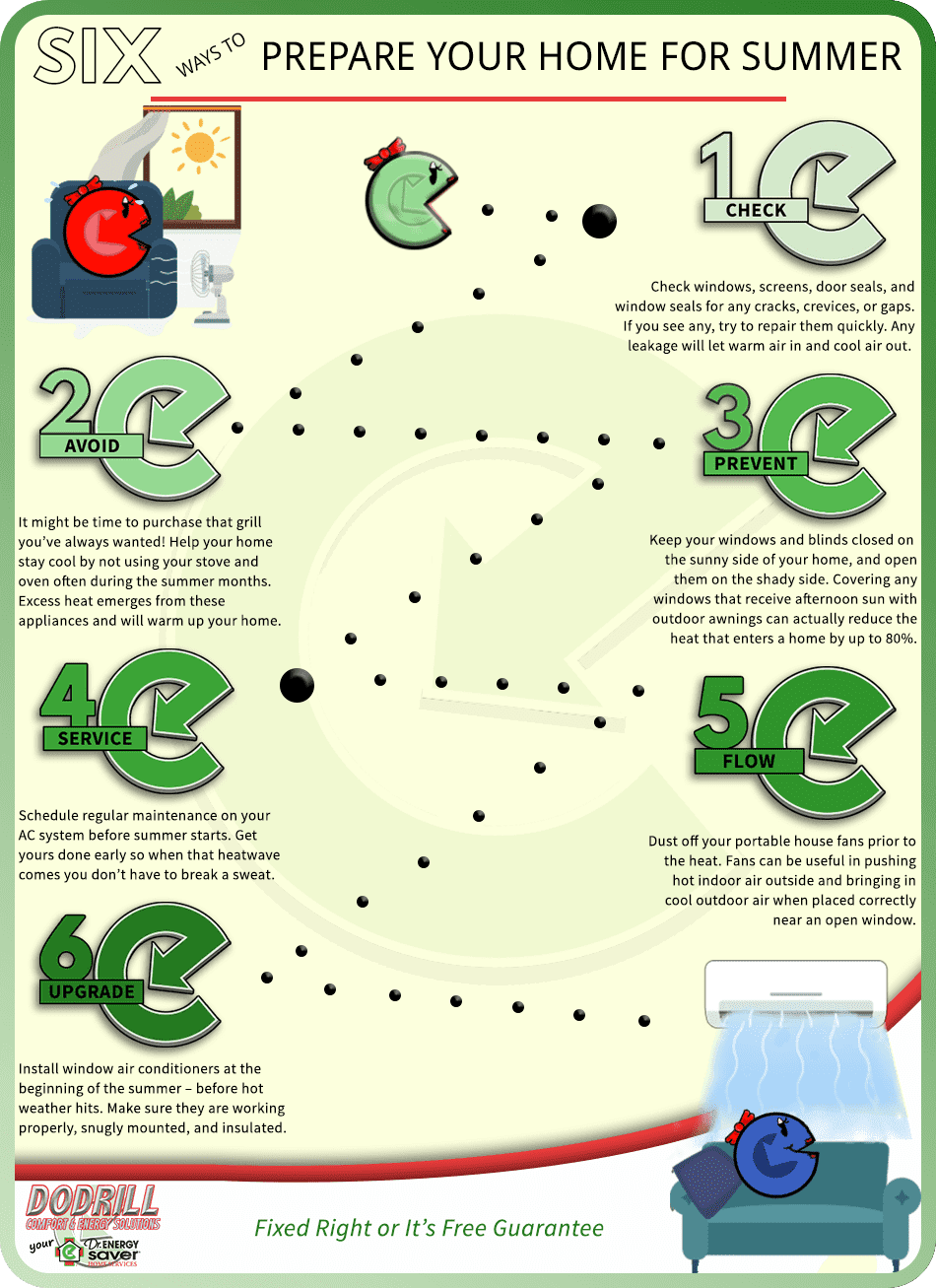The Most Efficient Pressure Washing Approaches For Different Surfaces
The Most Efficient Pressure Washing Approaches For Different Surfaces
Blog Article
Web Content Writer-Bryant Mosley
When it concerns pressure cleaning, the strategy you choose can make all the distinction in attaining a clean, streak-free finish. You may find that tough surface areas, like concrete, need a various method than softer materials, such as wood or plastic. It's important to adapt your approaches to the surface type to avoid damages while maximizing cleansing performance. So, what are the most effective methods for each and every surface area, and how can you ensure you're using the ideal settings and tools for the job? Let's discover what you need to understand to obtain the best results.
Difficult Surfaces
When it pertains to pressure washing difficult surface areas, preparation is vital. Before you also think of taking out the stress washing machine, make the effort to remove the location of any type of particles, furniture, or obstacles. You don't desire anything entering your means or possibly damaging your devices.
Next, inspect the surface area for any type of splits or damage; this will certainly help you determine the right strategy and stress settings.
Once you have actually prepared the location, it's necessary to choose the right nozzle. For hard surface areas like concrete or brick, a slim nozzle (15 or 25 levels) works best to give a concentrated stream of water that can effectively eliminate grime and spots. Always start at https://www.homesandgardens.com/kitchens/clean-with-lemon-juice and progressively relocate more detailed to stay clear of any kind of surface damage.
As you start washing, keep the stick relocating to stop streaks and over-saturation. It's also valuable to work from the top down, enabling dirt and debris to remove naturally.
Ultimately, keep in mind to wash the surface area completely after cleansing to get rid of any kind of leftover detergent. With these methods, you'll attain a clean and rejuvenated look on all your difficult surfaces.
Soft Surfaces
Pressure cleaning soft surface areas needs a gentler approach to shield them from damages. Whether pop over here cleansing your deck, patio area furnishings, or exterior siding, making use of way too much stress can lead to dents, scratches, or even permanent harm.
Start by picking a low-pressure nozzle, preferably a 25-degree or wider spray pattern, to disperse the water a lot more delicately.
Prior to you begin, it's critical to pre-treat any type of spots with an appropriate cleansing solution. This action permits the cleaner to pass through the dust and grime, making it less complicated to get rid of without rubbing also hard.
Constantly apply the remedy from all-time low up to prevent spotting.
When you start pressure washing, maintain a range of at least 12 to 18 inches from the surface. Move your stick in a sweeping activity, maintaining it parallel to the surface to avoid concentrated pressure on one place.
Wash the location completely after cleaning up to remove any type of residual cleaner.
Finally, check the surface for any kind of missed places and repeat the process if needed. By adhering to these actions, you can effectively tidy soft surface areas while protecting their integrity and appearance.
Specialty Surfaces
Cleansing soft surface areas needs treatment, yet specialized surface areas require much more focus to detail. When you deal with these surface areas, like fragile wood, stained concrete, or particular kinds of siding, utilizing the appropriate pressure cleaning strategies is vital to prevent damage.
Initially, examine the product. For example, dealt with wood can usually stand up to modest pressure, but softer timbers like cedar may require a lower setting. Always begin with the most affordable stress and slowly increase if required.
For tarnished concrete, use a fan spray nozzle and maintain a regular range to avoid engraving the surface.
When managing surfaces like plastic house siding or repainted surface areas, a large spray pattern assists distribute the stress equally, securing the coating.
It's likewise smart to utilize cleaning agents especially made for specialized surfaces. They can improve cleansing without jeopardizing the product.
Rinse extensively after cleaning to remove any kind of residue, as it can bring about staining or degeneration in time.
Final thought
To conclude, mastering pressure cleaning methods for various surfaces can make all the distinction in your cleaning results. For hard surfaces, stick to slim nozzles and a top-to-bottom method, while soft surfaces need a gentler touch with larger nozzles. Do not neglect to pre-treat discolorations and wash completely to avoid residue. By adapting your approaches to each product, you'll not just achieve a cleaner coating but additionally safeguard the integrity of your surfaces. Satisfied cleaning!
